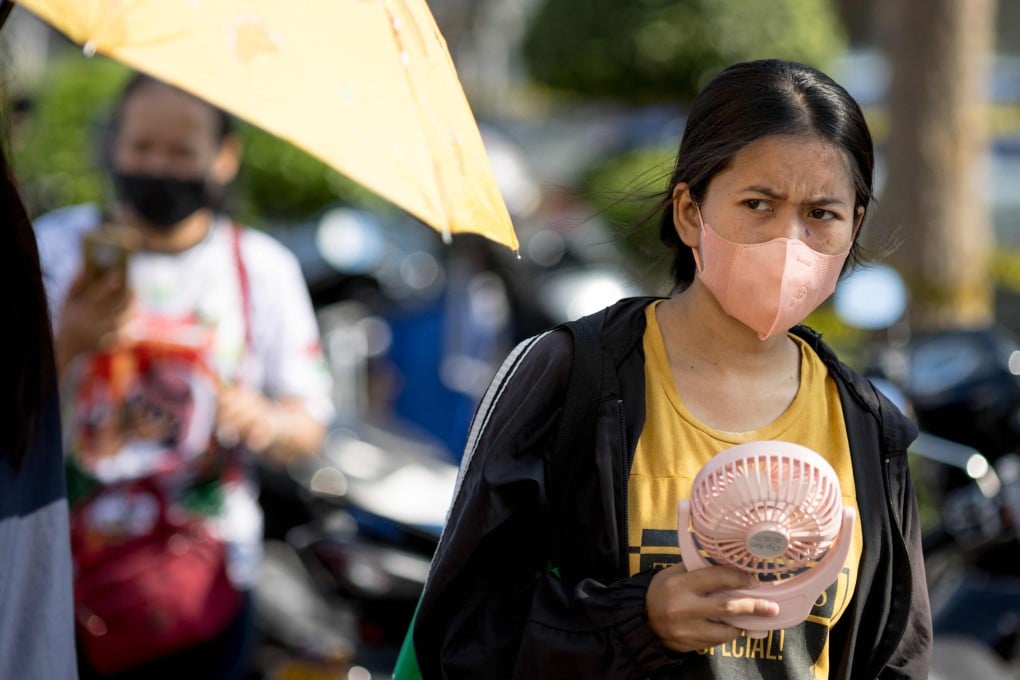Advertisement
Singapore schools relax rules on uniforms as Asia battles record sweltering temperatures
- Singapore’s education ministry says schools can explore ways to help students manage the heat, such as allowing pupils to wear physical education attire
- Temperature records continue to be shattered across Asia, with Vietnam’s Tuong Duong district hitting 44.2 degrees Celsius and Luang Prabang in Laos registering 43.5 degrees
Reading Time:3 minutes
Why you can trust SCMP

Several schools in Singapore have begun relaxing their rules on uniforms in a bid to help pupils manage the heat as the country experiences one of its warmest months of the year.
At one primary school, pupils were told they did not have to wear their pinafore after a physical education (PE) class if they were feeling too hot, according to a report by broadcaster CNA.
At another, students were allowed to wear their PE attire instead of their full uniforms.
Advertisement
The education ministry said schools had guidelines to ensure the safety and well-being of students and staff during hot weather.
“Schools may also explore ways to help students better manage the heat, such as allowing students to dress in [PE] attire or their school T-shirt, depending on their specific needs,” the ministry said, adding that students had been encouraged to stay hydrated during and after physical activities.
Advertisement
Advertisement
Select Voice
Choose your listening speed
Get through articles 2x faster
1.25x
250 WPM
Slow
Average
Fast
1.25x